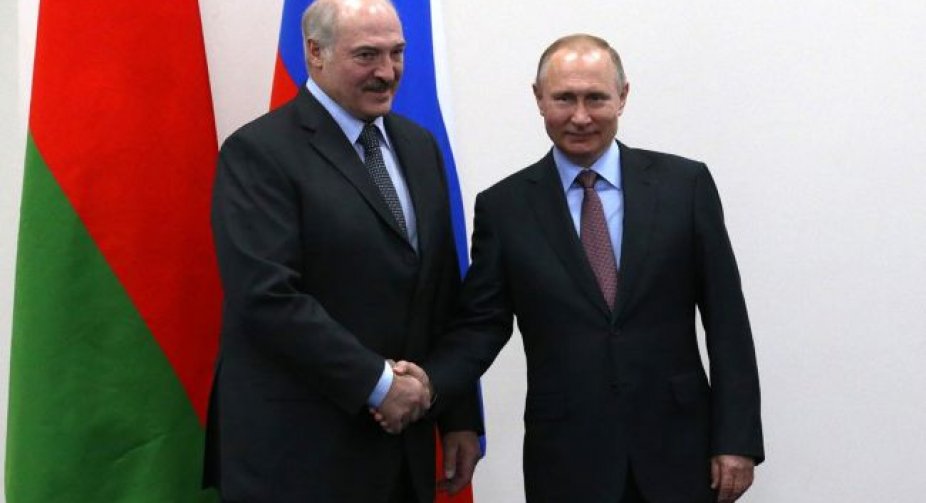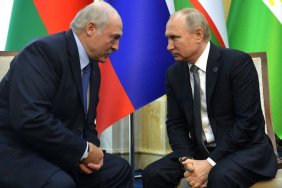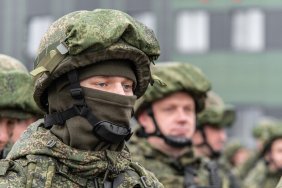The Russian Federation and Belarus announced the joint deployment of troops - formations designed to protect the Union State. However, they are unlikely to dare to attack Ukraine with them from the north.
This was reported by the Institute for the Study of War (ISW).
As analysts note, it is likely that the Russian component of any formation of a "regional group of forces" will consist of mobilized or conscripts who have a low level of training and will not pose a significant threat to Ukraine.
Also, the component may consist of units of the 1st Guards Tank Army, the 20th Combined Arms Army and airborne units that have suffered significant losses in Ukraine and have significantly reduced combat capability.
Before that, the mass media reported that Russia was transferring its soldiers en masse to Belarus in cattle cars. ISW has previously assessed that the Kremlin hopes to use Belarusian military facilities and infrastructure to train mobilized soldiers, but this is not an indicator of an imminent open invasion from the territory of Belarus.
At the same time, Russia may try to use its forces in Belarus to "fix" Ukrainian troops near Kyiv and prevent them from redeploying to another location or participating in a counteroffensive.
ISW believes that currently Lukashenko cannot afford the domestic consequences of direct Belarusian intervention in the war, and Russia meanwhile does not have the ability to quickly form a ground strike force from scratch or from existing units in Belarus.


